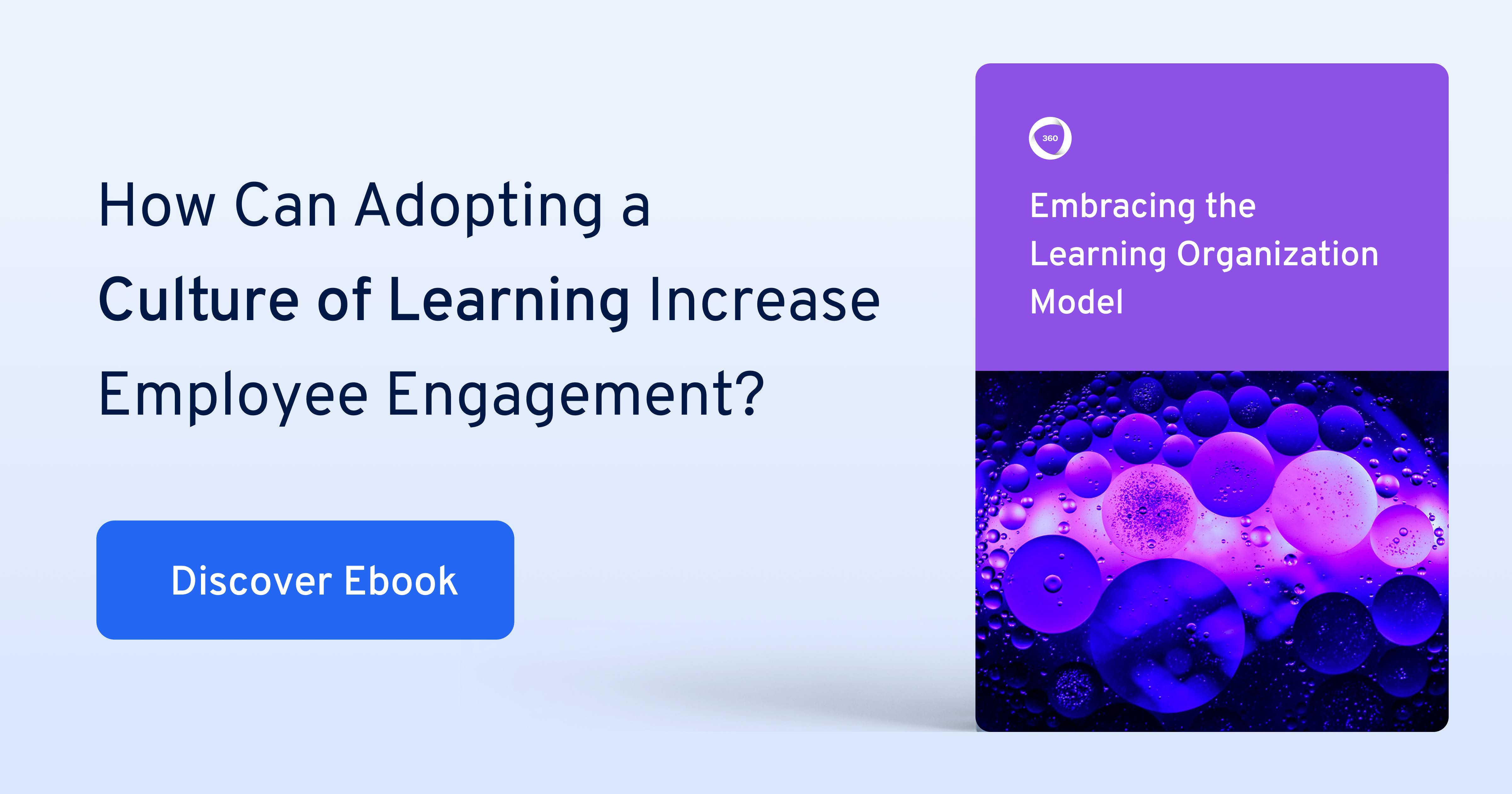
Broken…or Just Bruised? Why Traditional Executive Education is Struggling, and How the Right Program Can Help Fix It
Pop quiz, business leaders:
Which of the following statements is inconsistent with the rest?
a) You only learn to play basketball by shooting a basketball.
b) You only learn to play chess by playing chess.
c) You only learn to hit a baseball by going to batting practice.
d) You only learn to lead by sitting in a classroom.
Okay, so we’ve made the answer a bit obvious. But we stand by our point.
It’s no secret that traditional executive education (ExecEd) models suffer from an in-built cognitive dissonance: namely, that academic ‘classes’ are, by nature, less-than-optimal substitutes for real-world scenarios.
The act of sitting and listening, though highly informative, is inherently passive. It affords very little opportunity for execs to get out there, roll up their sleeves, and put what they’ve learned to the test. And when your best hope is to “learn by doing,” a classroom isn’t an ideal place to spend the majority of your time.
But this isn’t ExecEd’s only pitfall. Here are a few other limitations of today’s ExecEd programs.
Limitations of traditional executive education programs
1. Traditional Execuctive Education programs rely on broad theory, not detailed strategy.
Due to constraints in budget, scale, and timing (among other factors), executive education models are occasionally forced to distill months’ worth of information into a few hours of lessons.
This potentially results in crash courses that are sweeping in scope, but less practicable when it comes to leadership skills. Such courses are perhaps great in the short term, but not very useful in the long haul.
2. Most ExecEd programs are numbers-oriented, not results or action-oriented.
Sometimes ExecEd is more about filling seats, making up time, or satisfying corporate checklists than it is about concrete ROI and real, demonstrable improvement that can be traced from the bullpen to the field.
So, while it’s arguable that all knowledge is good knowledge, your company might be wasting valuable resources by learning and digesting information that won’t be reflected in your bottom line.
3. ExecEd programs follow an out-of-date, one-size-fits-all framework.
As a 2019 Forbes.com editorial observed, “…It’s certain that the same choices made by different people [at] different times will not create the same result.” And yet some ExecEd curricula appear more or less pre-packaged, which means each organization/student is forced to fit into an educational mold, rather than the other way around.
This practice doesn’t really account for variations in industry, experience, or skill, and its ability to help specific leaders deal with specific challenges is therefore limited. Plus, the process falls back on old models and non-digital tools, neither of which are really in touch with today’s post-COVID world.
So, given all that stands in ExecEd’s way, is there really any hope for leadership development education going forward?
There is if you employ a more dynamic solution.
3 concrete ways to fix traditional Executive Education program
Today’s business environment calls for a dramatic shake up in ExecEd conventions: one that focuses on relevant, applicable knowledge and genuine, repetitive practice designed to build real-world confidence and maximize retention.
ExecEd institutions must take active steps to shift the leadership development paradigm and provide executive learners with lessons and exercises they can actually use.
Here’s how.
1. Less theorizing, more doing
It’s time to take learners out of the classroom and into a living, breathing workspace.
Leadership is less about abstract ideas than it is about implementing behavior patterns, and every ExecEd course should be constructed accordingly.
It’s imperative that lessons always involve as much behavioral practice as they do inactive listening (if not more), and ExecEd organizations should also apply a flexible learning model—preferably delivered virtually—to support an easy transfer of knowledge from screen life to real life, in no time at all.
“Deliberate practice” of learned skills should also be encouraged. This means executive educators should assist learners in rehearsing functional leadership exercises over and over again so that such practices become an integral part of daily operations.
This kind of education helps to supply ongoing reinforcement, building skills by inspiring continuous habitual action. To borrow from the basketball metaphor above: Think of this process as the equivalent of picking up a basketball to perfect your jump shot, rather than reading a rule book and simply hoping for the best once you hit the court.
Related: 2022 The State of Learning in the Flow of Work Report
Leadership is less about abstract ideas than it is about implementing behavior patterns, and every ExecEd course should be constructed accordingly.
2. Tried and true methodology
Modern business models should be unequivocally geared toward success. But, you know, the real kind.
ExecEd should make a point of steering away from subjective victories (i.e., “We got X class participants to sign up, so now we can justify our yearly ExecEd spend!”) and instead focus on guiding leaders toward the objective kind (“Our performance assessments show an uptick in productivity, and our ROI has significantly improved over the past year.”)
Chief among methods for objective success? A commitment to bite-sized learning.
Ideally, courses should be highly digestible and spread out over several weeks, rather than several days: a process that’s been proven to boost efficiency and enhance recollection overall.
In chess terms, it’s like learning the ins-and-outs of a single piece each day, and then applying all the moves to a new game every week. (Which is to say, the odds of forgetting how to play would be extremely low.)
Then again, these kinds of micro-lessons can be ineffectual if they don’t offer the appropriate context or the right content. The best courses aren’t just memorable, they’re also meaningful. In other words: ExecEd should customize lessons to ensure they’re as relevant to a company’s needs as possible. Which brings us to…
3. An individualized approach
A lesson plan sometimes starts with the allotted time frame and then works its way backward. In such cases, the content is obliged to conform to the calendar, and the education becomes more about the widespread “macro” than the real-life “micro.”
But to overcome what ails the ExecEd landscape, form should always follow function.
Thoughtful exec educators should begin their planning by assessing exactly which types of content will be most vital to each situation. Next, they should map out a custom-made course that aligns with these requirements and pays special attention to what’s necessary for each individual client, as well as for their respective industries, business challenges, knowledge gaps, etc. (Digital tools like virtual simulations should also be leveraged to supplement learning.)
And though ExecEd should always make an effort to compress information into smaller chunks to accommodate schedules and help with retention, it should never skimp on the essentials due to lack of time.
When all is said and done, courses should be uniquely fashioned to fit the organizations they serve. Consequently, each ExecEd session should be optimized in order to address any and all leadership concerns that affect a company directly. (And if ExecEd practitioners can off their clients a choice of best-in-class faculty from a pool of Tier One educators, so much the better.)
Such customization has been known to increase engagement and inspire deeper learning over longer periods of time. It’s as if Carl Yastrzemski not only taught you how to play baseball, but also found you the exact bat that’s best suited to your skillset and experience, placed you comfortably in the batter’s box, and led you through a series of performance-enhancing drills before setting you loose on the diamond.
Don’t give up on Executive Education just yet
ExecEd might be facing some innate problems, but it turns out these issues are nothing a little ingenuity and a new pedagogical perspective can’t fix. These days it’s simply up to students and practitioners alike to start demanding more from ExecEd systems and to ask that development curricula shed the “sage on the stage” model in favor of a “guide on the side” strategy.
For more insights on how to foster effective learning and training at any level, see how to turn your company into a Learning Organization.


